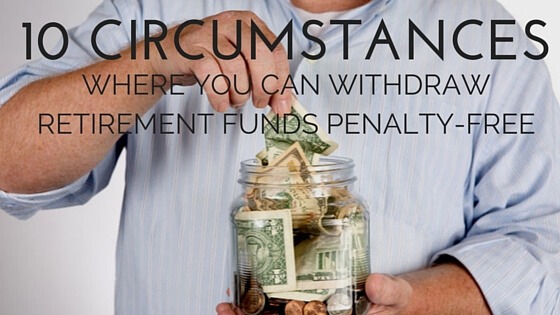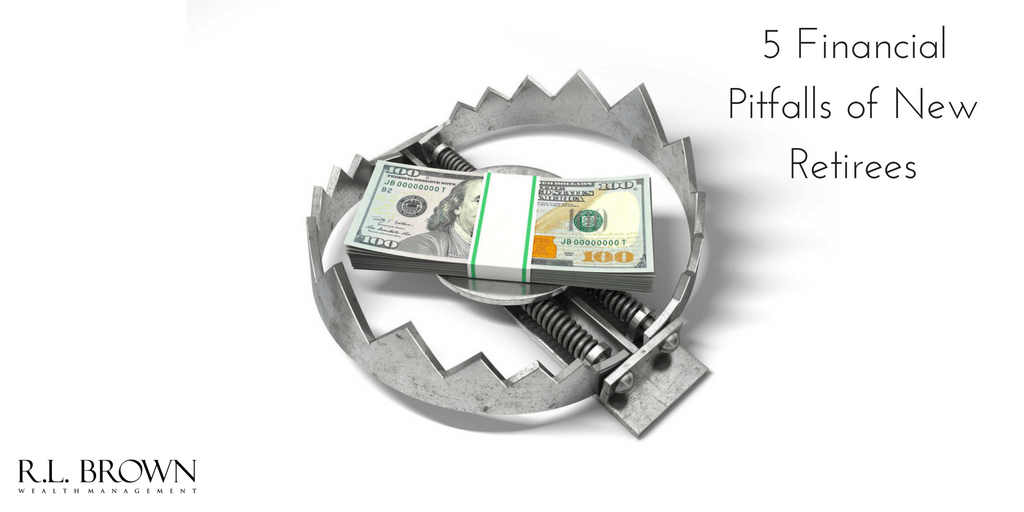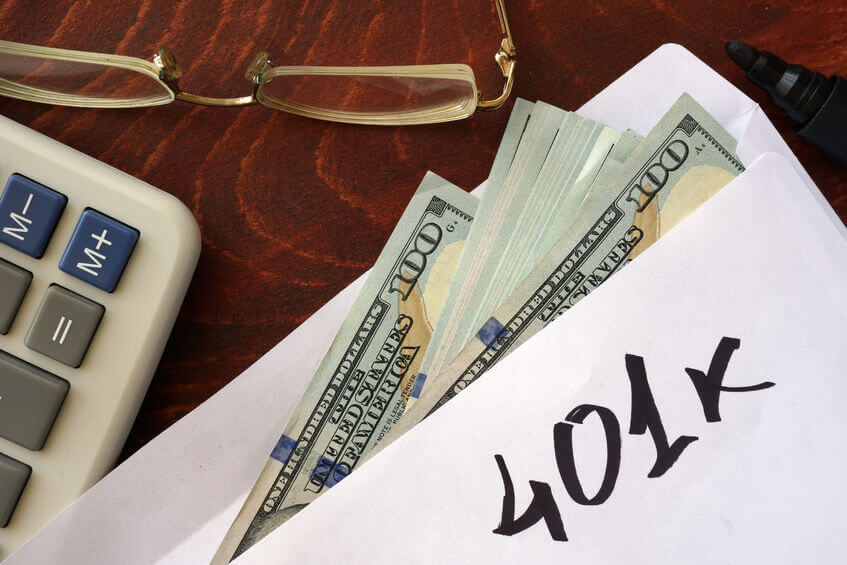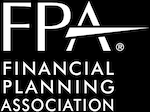People don’t typically open retirement funds with the intention of dipping into them before their golden years. But unexpected circumstances can sometimes arise that require access of those funds earlier than expected. Luckily, there are several methods to withdraw retirement funds without having to pay a 10 percent penalty to the IRS. Take a look at how you can access some of your retirement funds during an emergency, while continuing to let the rest of them grow income tax free.
- If you leave your job at age 55 or older (only applicable to 401(k)s and other qualified plans):
In this circumstance, you can take withdrawals from your account for any reason without having to pay the early withdrawal penalty. If you roll your 401(k) funds over to an IRA account, however, you’ll have to wait until age 59 ½ to avoid a penalty.
- If you are over age 59 ½:
Once you reach this magic number, you are eligible to access your retirement funds from qualified plan accounts without paying a penalty. You will, however, be required to pay income taxes on your account earnings. That tax amount will be at your ordinary income rate. Remember that many cases, the longer you wait to withdraw the funds, the higher your income bracket will be, and the more you’ll be taxed. Note: If you have a Roth IRA, you will not have to pay income taxes on your withdrawals, as long as it’s been five years after the year of your first contribution.
- If you experience certain financial hardships (depends on plan rules):
Both traditional IRAs and 401(k)s sometimes offer penalty-free withdrawals for certain financial hardships. Check with a financial professional and/or the administrator of your plan to see if your particular situation may qualify for such a withdrawal.
- If you use the IRS’ 72(t) rule:
You may be able to avoid the requisite 10% penalty by taking distributions compliant with Internal Revenue Code Section 72(t). This strategy breaks your early IRA or retirement plan distribution down into a series of substantially equal periodic payments (SEPPs). These periodic withdrawals must occur at least once a year, and they must continue for at least five years or until you turn 59½ (whichever occurs later).
Note: SEPPs must be calculated before you can take them. Some people assume they can just divide the balance of their IRA or 401(k) by five and withdraw that amount per year, but that’s a mistake, and can get you into trouble with the IRS. If you’re interested in using the 72(t) method, consult financial expert to ensure you have everything configured correctly according to your situation.
- If you’re on active military duty:
If you are a member of the military reserves and were called to active duty after September 11, 2001 for a period of more than 179 days, then you are eligible to withdraw your retirement funds without a penalty. The distribution must be taken over the active duty period, however.
- If you use your retirement funds to pay education expenses:
You will not pay a penalty if you use the money to pay qualified higher education expenses for you, your spouse, or your child or grandchild. Before you do this, however, remember that while these individuals can take out loans to attend college, you can’t fund your retirement on loans. A financial expert can help you decide whether it’s truly necessary to withdraw funds from your retirement account for this reason.
- If you’re purchasing your first home:
Without incurring penalties, you can withdraw up to $10,000 ($20,000 for couples) from your retirement fund to use to buy, build or rebuild a first home for you (if you did not own within the last two years), your spouse, your children or grandchildren, or parent or other ancestor. Again, it’s a good idea to think about whether this is actually a smart decision. Consider saving up for a down payment for your first home before withdrawing funds from your nest egg.
- If you have unpaid taxes:
You can take a penalty-free withdrawal from your retirement funds to pay your taxes. Some individuals that owe significant back taxes to the IRS may consider using some of these funds to pay off tax debt, as even monthly installments may seem overwhelming. This is especially true if the government places a levy against one’s account.
- If you’re unemployed and need to pay medical insurance, or if you have unreimbursed medical expenses that are more than 10% of your adjusted gross income:
Individuals that have lost their jobs and received unemployment pay for at least 12 consecutive weeks can use retirement distributions penalty free IF they are received in the same year they received the unemployment pay. Those distributions must also be received no later than 60 days after one has obtained a new job.
- If you have a permanent disability
Finally, retirement funds can be withdrawn penalty-free if you are permanently disabled, either mentally or physically for an indefinite amount of time.
The bottom line: While retirement accounts are great methods to accumulate retirement savings since the assets grow income tax free and contributions reduce one’s taxable income, the above extenuating circumstances may call for early withdrawals from those accounts. Be sure to check with a financial expert if you have any questions or concerns about your own person situation.







